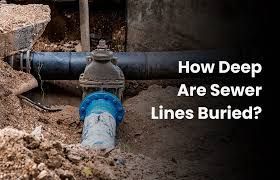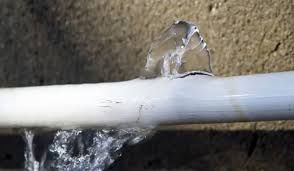Why Does My Sewer Line Keep Backing Up?
Few household problems are as frustrating and unsanitary as a sewer line that keeps backing up. One day, everything is flowing fine, and the next, your sinks, tubs, and toilets are overflowing with foul-smelling wastewater. A sewer backup isn’t just an inconvenience—it’s a serious plumbing issue that can lead to costly repairs, health hazards, and long-term property damage if not properly addressed.
If your sewer line is backing up repeatedly, it’s not a random occurrence. Something is going wrong within your plumbing system, and ignoring it will only make matters worse. Understanding the potential causes, recognizing the risks, and knowing how to address and prevent backups can save you time, money, and stress. For professional sewer line repair or replacement, reach out to all city plumbers!
Common Causes of Sewer Line Backups
1. Clogged Pipes: The Most Frequent Culprit
One of the leading causes of sewer backups is a simple clog. Over time, debris such as hair, grease, soap scum, food waste, and non-flushable items accumulate in your pipes, restricting the flow of wastewater. The problem usually starts with slow drainage, but if left unaddressed, it escalates into a complete blockage, causing sewage to back up into your home.
Kitchen sinks are especially prone to clogs due to grease buildup, while bathroom drains suffer from excess toilet paper, wipes, and hair. Even small, everyday habits—like rinsing oil down the drain or flushing so-called ‘flushable’ wipes—can lead to massive problems over time.
2. Tree Root Intrusion: Nature’s Silent Pipe Destroyer
Tree roots are relentless when it comes to seeking moisture, and your underground sewer lines provide the perfect water source. If you have trees or shrubs growing near your pipes, their roots can infiltrate small cracks, expanding inside the pipe and causing serious blockages. Root intrusion is one of the most difficult plumbing issues to handle because, once inside, the roots grow and create a dense mass that completely clogs the pipe.
If you live in an older home with clay or cast-iron pipes, your sewer system is even more vulnerable to root infiltration. Unlike modern PVC pipes, older materials tend to crack and break over time, making them an easy target for invasive roots.
3. Broken or Collapsed Sewer Lines: A Hidden Structural Issue
Your sewer line is not indestructible. Over time, aging pipes can deteriorate, crack, or even collapse due to shifting soil, ground movement, or general wear and tear. When a section of the pipe collapses, it blocks wastewater from flowing freely, leading to frequent backups.
Homes built before the 1980s are particularly susceptible to pipe deterioration since older materials like clay, Orangeburg, or cast iron are prone to breaking down. In newer homes, poorly installed or low-quality plastic pipes can still suffer from breaks due to heavy ground pressure or seismic activity.
4. Municipal Sewer Line Issues: A Problem Beyond Your Control
Sometimes, the problem isn’t in your home’s plumbing but rather in the municipal sewer system. Heavy rains, flooding, or damaged city sewer lines can cause sewage to back up into multiple homes in your area. If you notice a sudden, widespread sewer issue in your neighborhood, chances are the municipal system is overwhelmed.
While you can’t control city sewer problems, you can protect your home by installing a backwater valve, which prevents sewage from flowing back into your drains during an overload.
Risks Involved in Frequent Sewer Backups
A backed-up sewer line isn’t just annoying—it can pose serious health and structural risks.
- Health Hazards: Raw sewage contains bacteria, viruses, and other pathogens that can cause infections, respiratory issues, and serious illnesses if exposed to humans or pets.
- Property Damage: Water damage from sewage backups can ruin flooring, walls, and furniture. Over time, lingering moisture leads to mold growth, which brings additional health and repair concerns.
- Expensive Repairs: Ignoring sewer backups can lead to bigger issues that require costly repairs, such as pipe replacement or extensive property restoration.
- Bad Odors: The stench of sewage backups lingers and can be incredibly difficult to remove, making your home uncomfortable and unpleasant.
How to Fix a Sewer Line That Keeps Backing Up
1. Conduct a Sewer Camera Inspection
Before attempting any repairs, call a professional plumber to perform a sewer camera inspection. A small, high-resolution camera is inserted into your pipes to pinpoint the exact cause of the problem, whether it’s a clog, tree roots, or pipe damage.
2. Use a Drain Snake or Hydro Jetting
For minor clogs, a drain snake (also known as an auger) can break through blockages. For more severe cases, hydro jetting—a powerful stream of high-pressure water—can effectively clear out debris, grease, and tree roots without damaging the pipes.
3. Repair or Replace Damaged Pipes
If your sewer line is broken or collapsed, pipe repair or replacement is necessary. Options include traditional trench digging or trenchless methods like pipe bursting or cured-in-place pipe lining (CIPP), which minimize disruption to your yard.
4. Install a Sewer Backwater Valve
A backwater valve is a smart investment to prevent city sewer backups from flooding your home. This one-way valve allows wastewater to exit your property but blocks sewage from coming back in.
Preventive Measures to Avoid Future Sewer Backups
1. Be Mindful of What Goes Down the Drain
Never pour grease, oil, coffee grounds, or food scraps down the sink. Avoid flushing wipes, sanitary products, or excessive toilet paper. Even if a product claims to be “flushable,” it can still clog your pipes over time.
2. Schedule Regular Sewer Line Maintenance
An annual sewer cleaning or camera inspection can catch early warning signs before they turn into full-blown disasters. Preventive maintenance saves you money and hassle in the long run.
3. Trim Trees Near Sewer Lines
If you have large trees near your sewer line, consider trimming the roots or installing a root barrier to prevent them from breaking into your pipes.
4. Upgrade Aging Sewer Pipes
If your home has old, fragile pipes, consider upgrading to modern, durable materials like PVC. While it’s an investment, it will save you from constant backups and repairs.
Conclusion: Take Action Before It’s Too Late
Recurring sewer backups are not just a nuisance; they’re a warning sign that something is wrong with your plumbing system. Whether it’s a simple clog, tree root invasion, or broken pipe, addressing the problem early can save you from a messy, expensive ordeal.
If you’ve been dealing with frequent backups, don’t ignore them. Get a professional inspection, take corrective action, and implement preventive measures to keep your sewer lines flowing smoothly. Your home—and your peace of mind—will thank you.
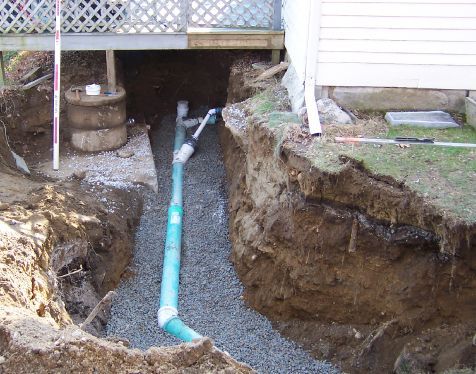
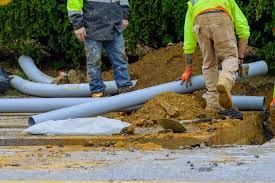
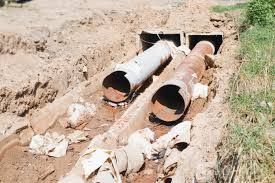
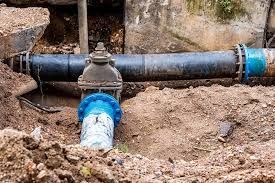

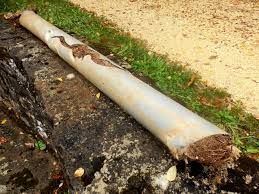
CONTACT INFORMATION
Office:
855-266-7682
Email:
service@AllCityPlumbers.com
Address: 6694 Oak Ridge Commerce Way, Austell, GA 30168
Business Hours:
Mon - Sun 24 Hours
OUR SERVICES
© 2022 All Rights Reserved|All City Plumbers Privacy Policy | Terms & Conditions | Sitemap

